Torn brick: features, varieties and applications
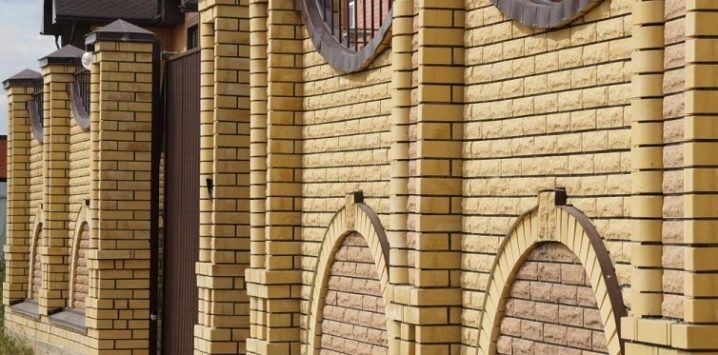
The aesthetic appearance of the facades of houses and fences made with torn bricks is truly impressive. This facing material looks great in residential interiors, zoning a section of the wall, or decorating a fireplace, arch, columns. It imitates the texture of natural stone: sandstone, limestone, granite. Any building object faced with torn bricks acquires an expressive look and a spirit of romance.
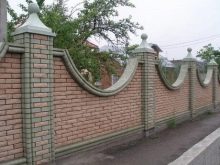
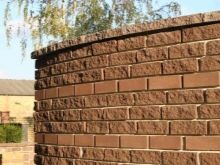
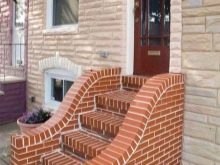
What is it?
Facing brick is called torn because one of its sides is deliberately destroyed, giving the appearance of a natural material. A wide variety of structures, shapes, sizes and shades helps it to be in demand for a variety of tasks.
A feature of torn bricks is its high weight and density. (150-250 kg per square meter). A building with such a cladding requires a solid foundation, and if the reconstruction of an old building is to be done, it is necessary to first strengthen its foundation. To make the task easier for the builders, they came up with a hollow brick, which is much lighter in weight than a solid brick and can be used in interior design.
Sometimes hollow models are made in the form of a splitter, with an increased size - 39x19 cm, which allows you to design fences and columns much faster.
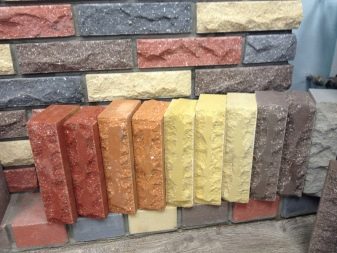
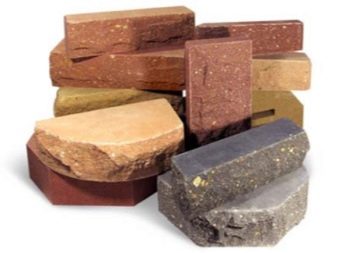
Manufacturing
For the production of torn bricks, clay and sand are not used, as is done in traditional cases. Limestone, shell rock, brick and glass breakage, marble and granite chips, screenings of blast-furnace slag and expanded clay are used as raw materials. The filler is mixed with water (no more than 10%), cement, modifiers and dyes.
Torn bricks are made not by burning, but by the strongest pressing with the maximum reduction in the moisture content of the raw materials. Then the product goes through long-term drying. As a result, bricks are obtained that are close in strength to natural stone.
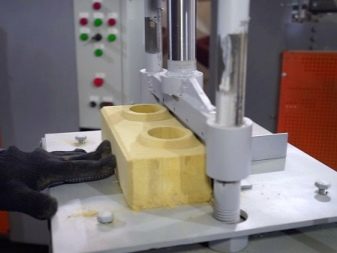
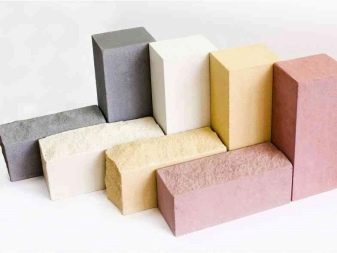
The product is brought to the usual "torn" look in two ways: simple and complex.
- A simple method cleaves the stone using a guillotine-like machine. Each brick collapses in different ways, thanks to which the finished masonry looks as natural as possible.
- The second method involves mechanized cleavage using sophisticated equipment. As a result, each brick has the same "ragged" surface. The attachments allow you to change the structural base that mimics the variety of natural stone.
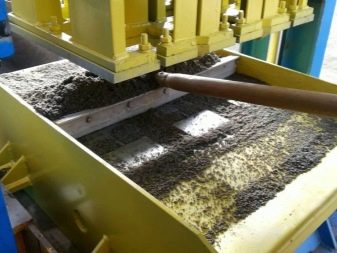
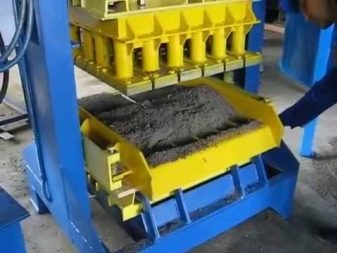
Views
Torn brick is classified not only by its appearance, it is divided by its structure, shape, color, location of the textured cut. For the manufacture of the product, manual and mechanical molding is used. The use of modifiers and plasticizers makes it possible to obtain additional properties, such as resistance to many climatic factors or aggressive environment.
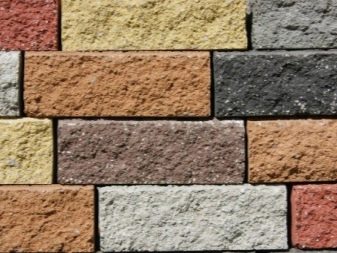
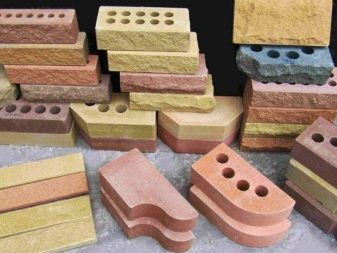
Structure
The facing material is solid and hollow, has a different weight and area of application.
- The first type is more durable and heavier. It is used where a high bearing load is expected: for cladding the foundation and basement floor, a solid concrete fence, and a fireplace masonry.

- Hollow brick is inferior in strength, but it is lighter, has good thermal insulation properties. For cladding a surface with such a material, there is no need to reinforce walls or foundations.Hollow bricks are used for furnishing interiors, exterior decoration of buildings, fences that are not subject to special stress.
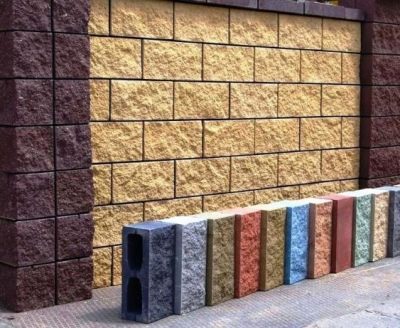
The form
The standard rectangular shape is used for cladding flat surfaces. But there are also columns, arches, stairs, parapets, cornices, doorways, where a stone is required, beveled at an angle, wedge-shaped, twisted or with smooth ends. All this variety makes it possible to make the most of torn brick in facing work.
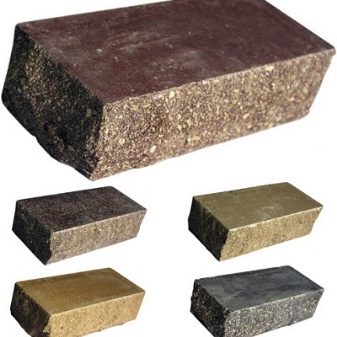
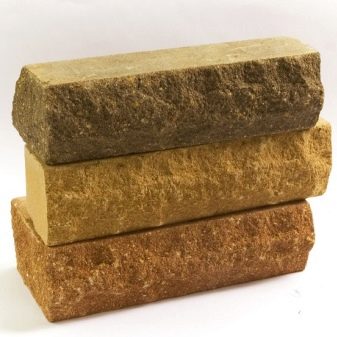
Textured cut
Cuts on the bonded edges of bricks have proven themselves well in facing openings and corners of buildings. Beveled spoon edges are used for the main design. Corner cuts (45 degrees) are located simultaneously on both adjacent sides, such a product is used for facing columns, window sills, doorways.
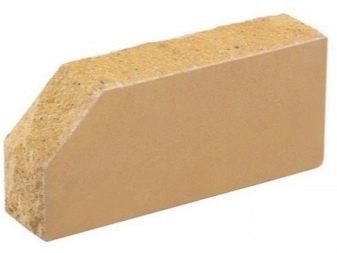

Colour
Color plays a big role in imitating natural material. With its help, one can immediately guess what the conditional stone is - sandstone, limestone or granite. The added pigment not only colors the product in the usual brown, gray, brick, white or yellow tones, but can also make it completely unexpected - purple, khaki or fresh green.
Smooth stone surfaces can be matte or glossy. Glazed types of bricks look good.
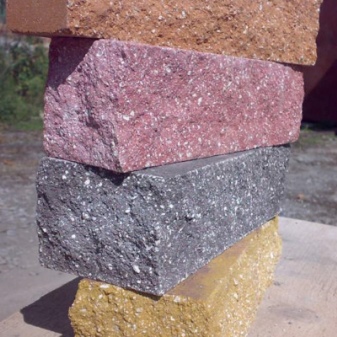
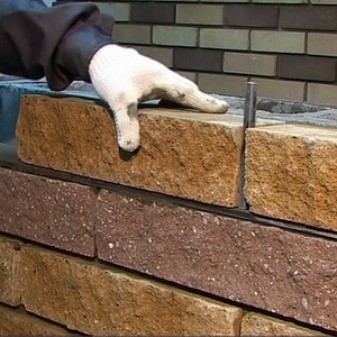
Positive and negative characteristics
Torn bricks are widely used in interior and exterior design of construction projects. It is often preferred to other facing materials, because it has almost no drawbacks, but has an impressive list of positive properties:
- has a wonderful appearance;
- thanks to enhanced pressing, it acquires super-strong qualities, especially for solid stone;
- durable;
- the brick is resistant to temperature extremes, fading in the sun, mechanical stress;
- environmentally friendly;
- does not allow moisture to pass through;
- fire resistant;
- It does not require special care;
- easily laid out;
- hollow forms help to keep the building warm;
- imitation of natural stone outperforms the original;
- a wide variety of types makes the work of designers easier.
The disadvantage of torn stone is its vapor permeability - a property that prevents the walls from letting in air. The left gaps between the bricks help to solve the problem. Sometimes a lighter facing material is preferred, such as ceramic tiles.
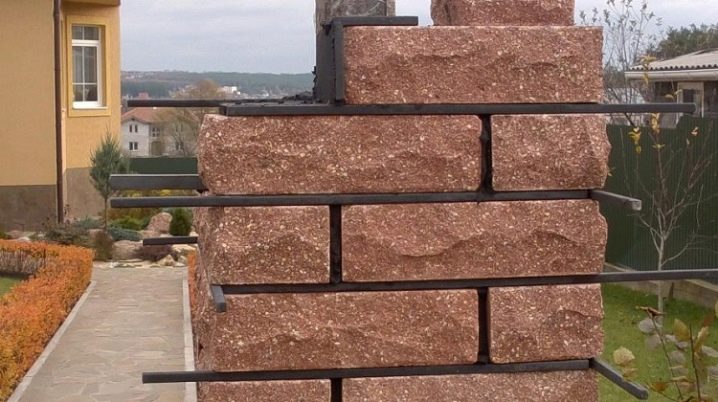
Scope of application
Torn bricks are used for both external and internal cladding. With a wide variety of types, it is difficult to imagine wherever he found his application. Let's try to summarize the already compiled idea of its comprehensive use:
- most often, torn bricks are used in facing facades to give a building a beautiful expressive look;
- the walls of houses do not have to be completely assembled with a stone; they can be partially decorated, creating a figured frame for the basement or foundation;
- the industry produces certain types of bricks for decorating pillars, porches, arches;
- door and window openings decorated with torn stone look perfect;
- brick is used in landscape design to decorate benches, flower beds, gazebos, patios, barbecue areas;
- it is often used in the design of fences, giving them an expensive, presentable look;
- inside the room they decorate one wall or a fragment of it, decorate fireplaces, columns, and install interior partitions from solid bricks.
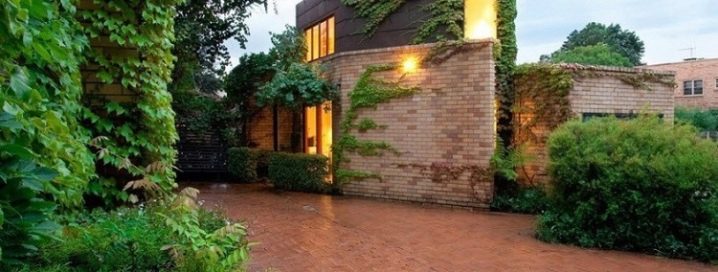
Facing works
The process of decorating surfaces with torn bricks is quite simple and consists of two stages.
- Preparation. First of all, the ability of the wall to withstand the powerful load of the cladding is calculated. If necessary, reinforce the foundation or the wall itself. Then a flat surface is created for subsequent work with the material: the cracks are closed, the plane is plastered.The finished wall should be treated with an antifungal agent.
- Directly facing. The adhesive is applied to the primed surface. It should be remembered about the impressive weight of the cladding and do not spare the solution, but at the same time it should not leave the seams, staining the decorative elements. Then everything is simple: a brick is applied, lightly tapped with a wooden mallet and the remnants of glue are immediately removed.
The process of cladding with torn bricks is not complicated at all, and the delightful appearance of the facade will delight for many years.
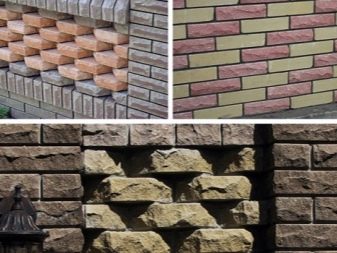

For how the craftsmen make torn bricks, see the next video.












The comment was sent successfully.